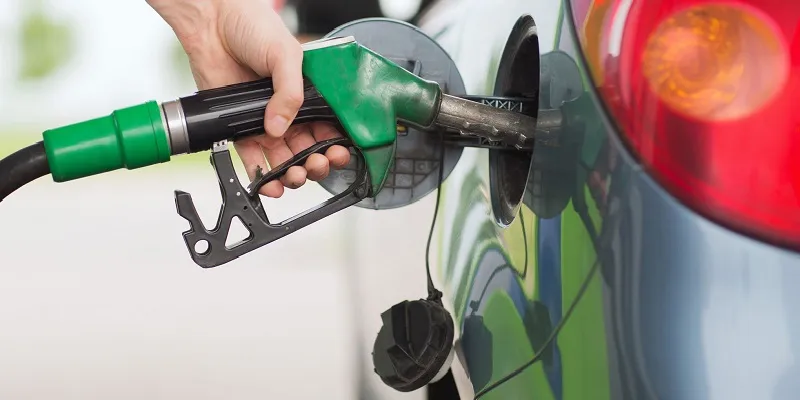Everything you wanted to know about India's biggest oil refinery worth $30 bn
Indian oil corporation( IOC), BPCL, HPCL and EIL plan to set up India’s biggest oil refinery that state-run on the west coast will cost $30 billion or Rs 2 lakh crore, a senior official said.

The 60 million tonnes a year refinery and a mega petrochemical complex will be set up in two phases. Phase-1 will be 40 million tons together with an aromatic complex, naphtha cracker and polymer complex, Sanjiv Singh, Director (Refineries), IOC, told PTI in an interview.
Phase-1 will cost Rs 1.2-1.5 lakh crore and will come up in 5-6 years from the date of land acquisition, he said. “The entire refinery will include three crude units of 20 million tonnes each – first of these will be part of phase-1.
The mega complex will require 12,000-15,000 acres of land and two-three sites on coast of Maharashtra are being explored, he said. The second phase will cost Rs 50,000-60,000 crore, he added.
IOC has been looking at west coast for a refinery as catering to customers in West and South was difficult with its refineries mostly in the North. HPCL and BPCL have also been looking at a bigger refinery because of constraints they face at their Mumbai units. The refinery will produce petrol, diesel, LPG, ATF and feedstock for petrochemical plants in plastic, chemical and textile industries in Maharashtra, he said.
Fifteen million tonnes a year is the biggest refinery any public sector unit has set up in one stage. IOC recently started its 15 million tonnes unit at Paradip in Odisha. Reliance Industries holds the distinction of building the biggest refinery in India till now.
Also read : Indian Oil ties up with Fortigo to provide tech solutions to small truck owners
It built its first refinery at Jamnagar in Gujarat with a capacity of 27 million tonnes, which was subsequently expanded to 33 million tonnes. It has built another unit adjacent to it for exports, with a capacity of 29 million tonnes. The refinery being planned by the state-owned firms will be bigger than that. The phase-1 itself will be bigger than any one single unit. It will also be accompanied by a petrochemical complex







